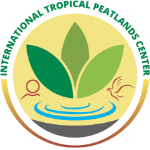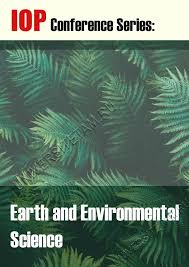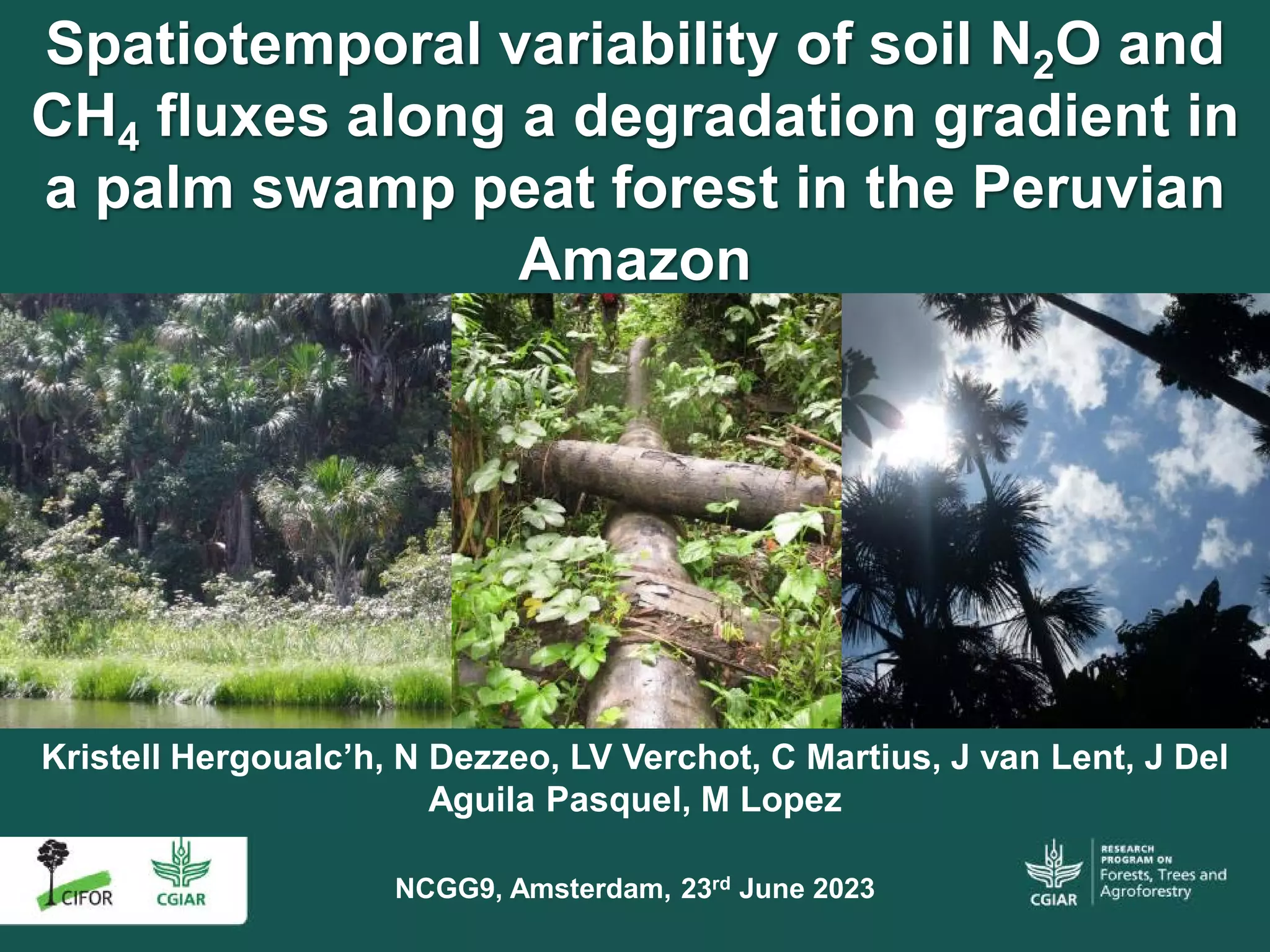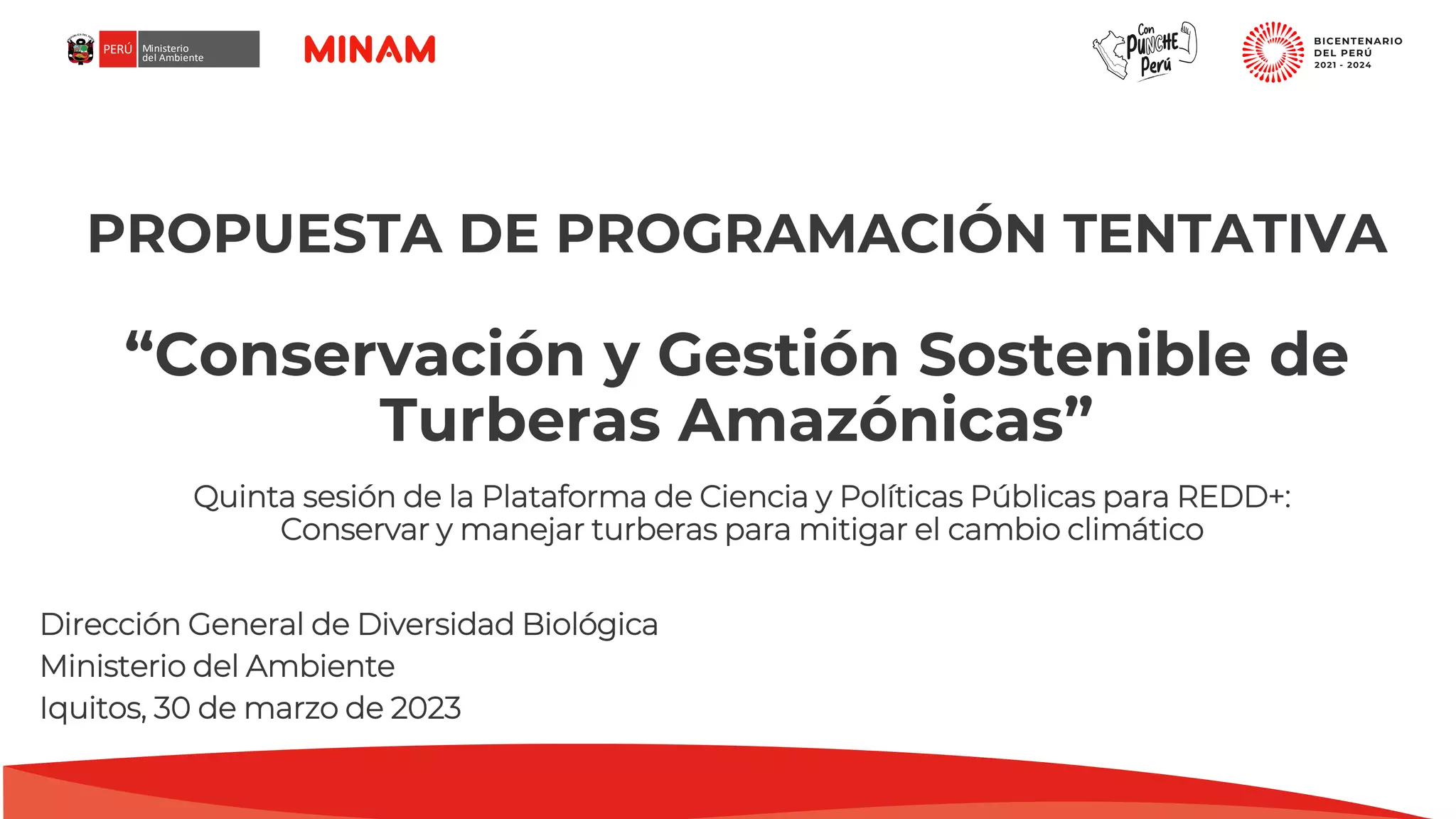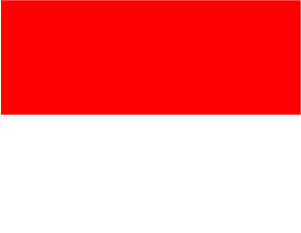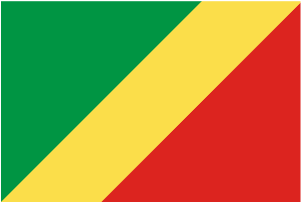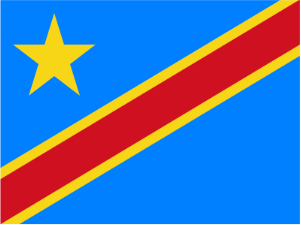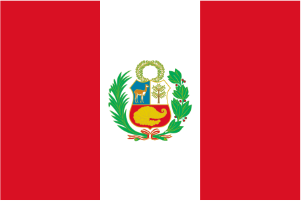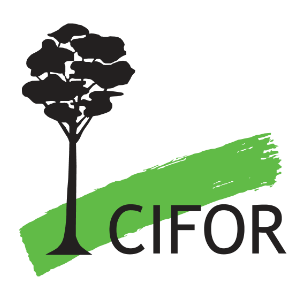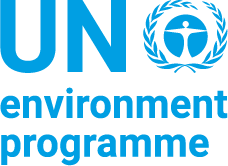
Peatlands in Indonesia are one of the primary global storages for terrestrial organic carbon. Poor land management, drainage, and recurrent fires lead to the release of huge amounts of carbon dioxide. Accurate information about the extent of the peatlands and its 3D surface topography is crucial for assessing and quantifying this globally relevant carbon store. To identify the most carbon-rich peatlands—dome-shaped ombrogenous peat—by collecting GPS-based terrain data is almost impossible, as these peatlands are often located in remote areas, frequently flooded, and usually covered by dense tropical forest vegetation. The detection by airborne LiDAR or spaceborne remote sensing in Indonesia is costly and laborious. This study investigated the potential of the ICESat-2/ATLAS LiDAR satellite data to identify and map carbon-rich peatlands. The spaceborne ICESat-2 LiDAR data were compared and correlated with highly accurate field validated digital terrain models (DTM) generated from airborne LiDAR as well as the commercial global WorldDEM DTM dataset. Compared to the airborne DTM, the ICESat-2 LiDAR data produced an R2 of 0.89 and an RMSE of 0.83 m. For the comparison with the WorldDEM DTM, the resulting R2 lay at 0.94 and the RMSE at 0.86 m. We model the peat dome surface from individual peat hydrological units by performing ordinary kriging on ICESat-2 DTM-footprint data. These ICESat-2 based peatland models, compared to a WorldDEM DTM and airborne DTM, produced an R2 of 0.78, 0.84, and 0.94 in Kalimantan and an R2 of 0.69, 0.72, and 0.85 in Sumatra. The RMSE ranged from 0.68 m to 2.68 m. These results demonstrate the potential of ICESat-2 in assessing peat surface topography. Since ICESat-2 will collect more data worldwide in the years to come, it can be used to survey and map carbon-rich tropical peatlands globally and free of charge.
Download:
 file
file

- Authors: Berninger, A., Siegert, F.
- Author Affiliation: RSS-Remote Sensing Solutions GmbH, Ludwig-Maximilian-University Munich
- Subjects: carbon dioxide, domes, optical radar, peat, remote sensing, topography, tropics, wetlands, lidar, land managements, tropical forests, organic carbon
- Publication type: Journal Article
- Source: Remote Sensing 12(24): 4175
- Year: 2020
